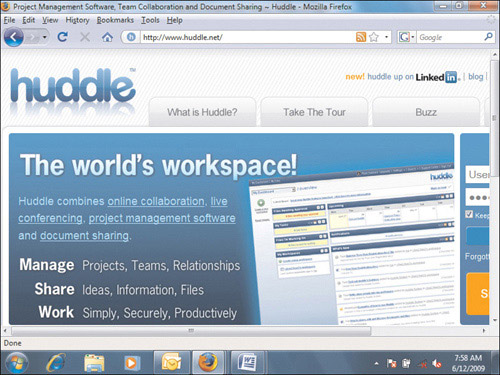A. Important Blogging Sites
Technorati
If you want to know what’s going on in the blogosphere, start at Technorati, at http://www.technorati.com (see Figure A.1).
Figure A.1 The Technorati Web site.

News Aggregators
Bloglines (http://www.bloglines.com), shown in Figure A.2, and Newsgator (http://www.newsgator.com), shown in Figure A.3, are two of the most popular news aggregators. At these sites, you can read new blog posts online or download them to your desktop.
Figure A.2 The Bloglines Web site.

Figure A.3 The Newsgator Web site.
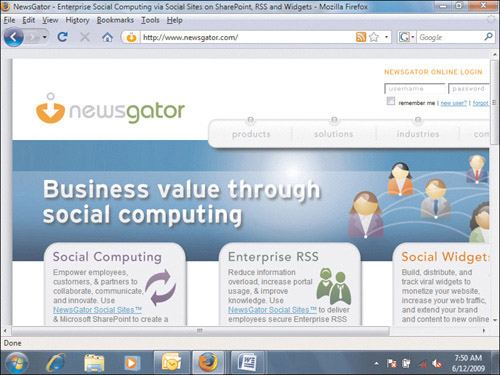
Podcatchers
If you use podcatchers to download podcasts, two of the more popular ones are Odeo (http://www.odeo.com), shown in Figure A.4, and Podnova (http://www.podnova.com), shown in Figure A.5.
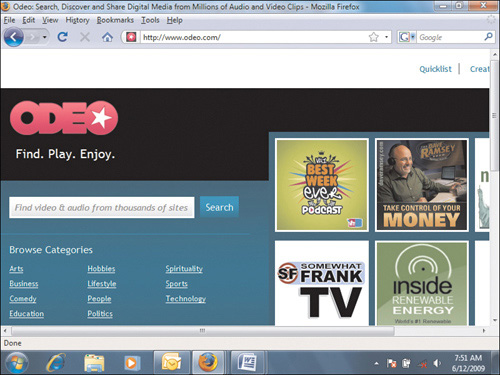
Figure A.5 The Podnova Web site.
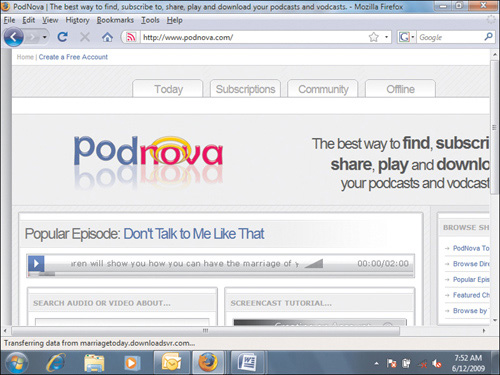
Ping Search Engines
If you update your blog regularly, search engines may not pick up on the update right away. You can ping search engines using online services such as Pingomatic (http://www.pingomatic.com), which is shown in Figure A.6.
Figure A.6 The Pingomatic Web site.
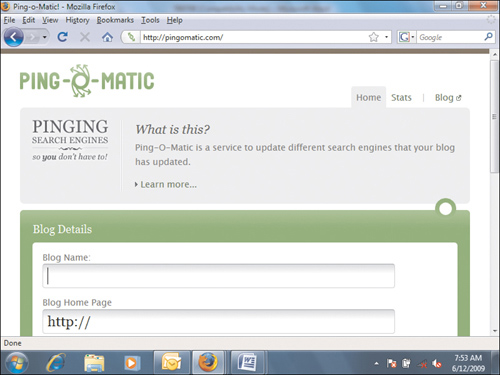
Want to Advertise on Blogs?
If you’re looking to advertise your product or service on specific blogs, check out the Blogads site (http://www.blogads.com), shown in Figure A.7, to help you develop your online blog campaign.
You can also make your blog a moneymaking venture by placing ads on the blog. The most popular advertising mechanism for doing that is Google’s AdSense, shown in Figure A.8. This site, at https://www.google.com/adsense, connects your blog to Google’s large group of advertisers.
Figure A.7 The Blogads Web site.
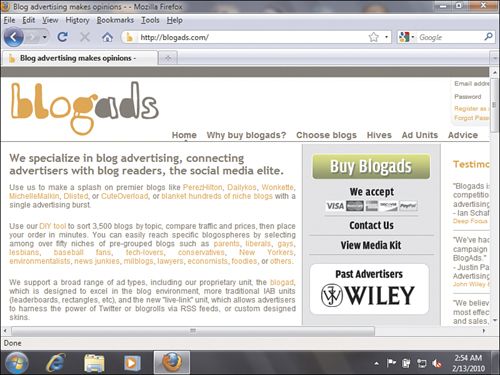
Figure A.8 The Google AdSense Web site.
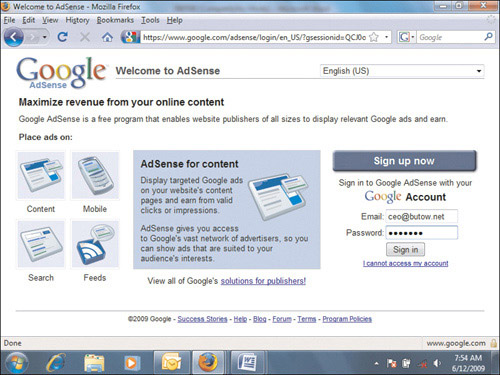
Getting More Blog Traffic
If you’re interested in pushing more people to your blog, there are Web services that promise to do exactly that. Check out BlogExplosion (http://www.blogexplosion.com), shown in Figure A.9, and BlogClicker (http://www.blogclicker.com), shown in Figure A.10. Both sites let you add your blog to a community of blogs where you read other blogs and other bloggers read your blog.
You should also check out sites that let you post links to your blog. The most popular sites are Digg.com, shown in Figure A.11, and Slashdot.org, shown in Figure A.12. Digg.com allows you to send your blog post to them immediately so that users can check it out in the Upcoming Stories section and determine whether others should view it; the more Diggs your blog post has, the more likely it will be more visible on Digg.com. With Slashdot, you must submit your blog post URL so that the Slashdot editors can review it and determine whether it’s worth posting on their site.
Figure A.9 The BlogExplosion Web site.

Figure A.10 The BlogClicker Web site.
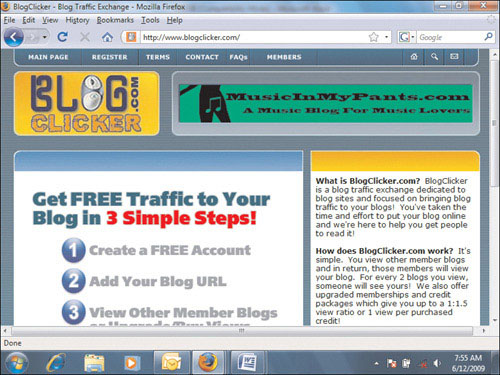
Figure A.11 The Digg Web site.
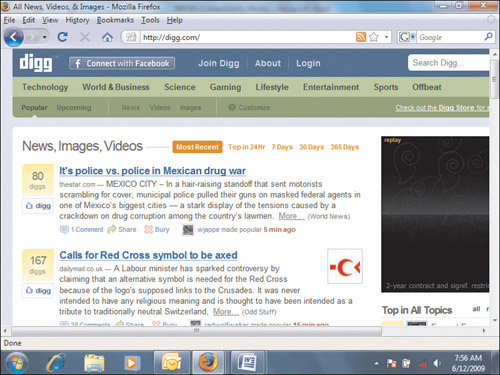
Figure A.12 The Slashdot Web site.
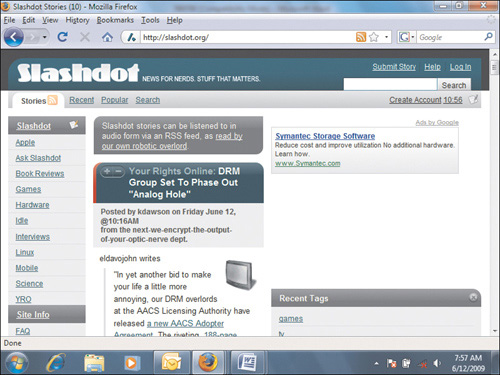
Software as a Service Product
In its June 1, 2009 issue, eWeek magazine (http://www.eweek.com) published a comparison of three software as a service (SAAS) products that leverage Web 2.0 technologies, including microblogging and wikis for use in businesses. That is, these SAAS products are access-controlled for businesses, and they also compete with established programs such as Lotus Notes and Microsoft SharePoint. The three products are Socialcast, Socialtext, and Huddle.
Figure A.13 shows Socialcast (http://www.socialcast.com). This site is a Twitter-like service.
Socialtext (http://www.socialtext.com), shown in Figure A.14, started out as a site that enabled users to create wikis (for example, people in product groups can create wikis about their products) but now includes microblogging and user profiles, much like what Facebook offers.
Figure A.13 The Socialcast Web site.

Figure A.14 The Socialtext Web site.

Huddle (http://www.huddle.net), shown in Figure A.15, has the most basic social networking features of the three SAAS programs, but you can use Huddle from other social networking systems and plug into other social networking sites, including Facebook and LinkedIn.
Figure A.15 The Huddle Web site.
